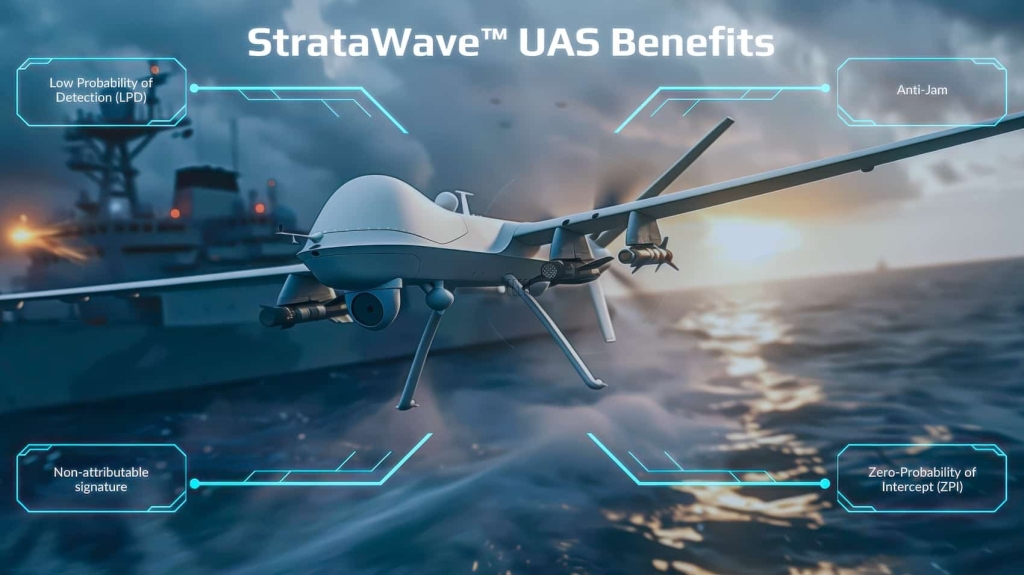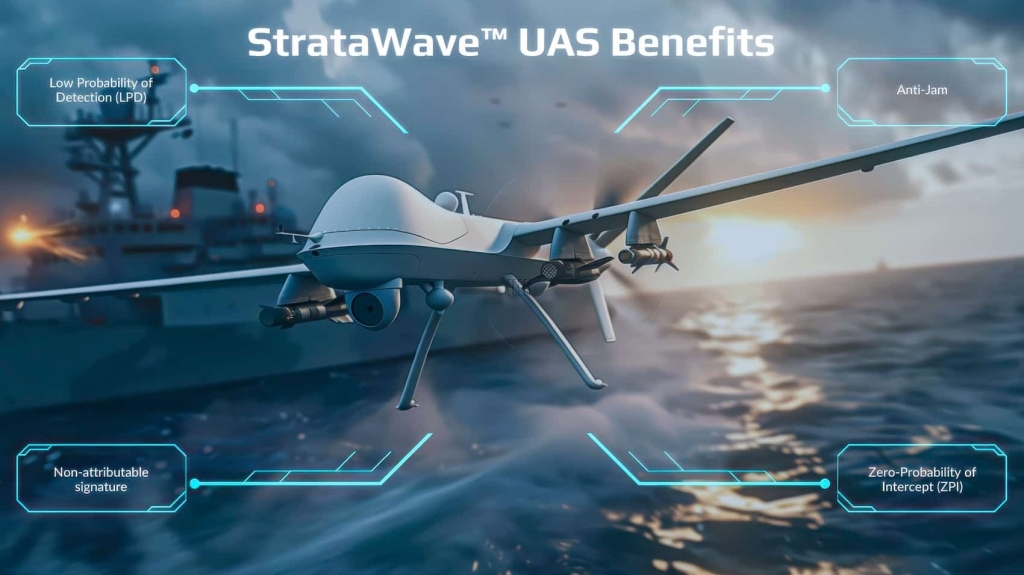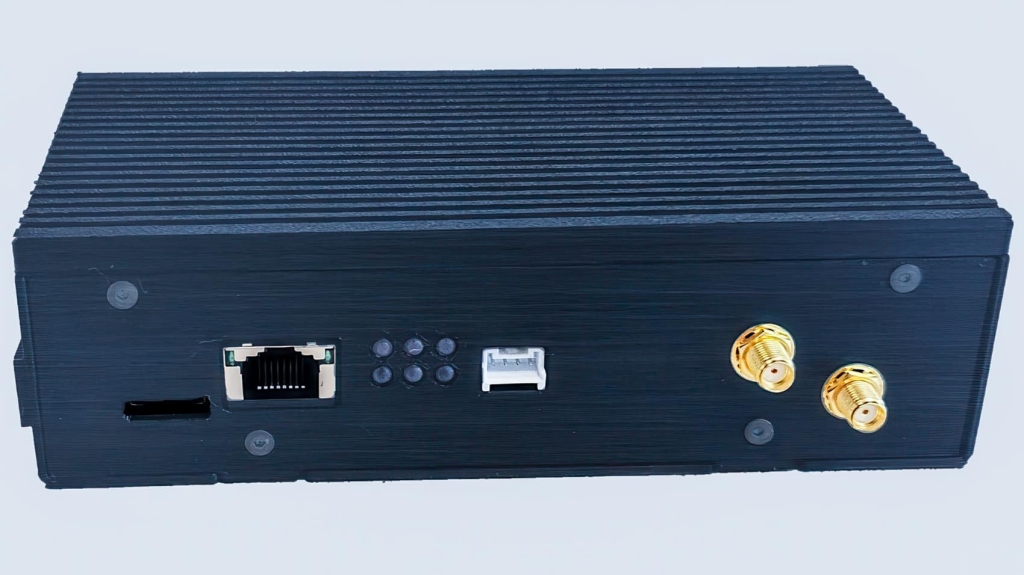This New Radio Tech Makes Drone Signals Invisible

Snag the 2025 Apple MacBook Air M4 13-inch for $799 (Save $200!) – Limited Amazon Deal!
In the brutal electronic warfare environment of a modern battlefield, a drone pilot’s radio signal is both their lifeline and their biggest vulnerability. Enemies can jam it to crash the drone or, even worse, trace it back to the operator’s location for a lethal artillery strike. NewsScientist reported about that now, a US company has unveiled a new radio that can make that signal completely disappear.

Rampart Communications’ new StrataWave technology is a game-changing breakthrough that cloaks a drone’s radio emissions, hiding them in the natural background noise of the radio spectrum. It’s a stealth technology that could save the lives of countless pilots and render enemy jamming obsolete.
The Problem: A Digital Bullseye
The war in Ukraine has been a stark lesson in the realities of electronic warfare. Both sides are using sophisticated jammers to block drone signals and powerful sensors to triangulate a pilot’s position. For a drone operator, the moment they power up their radio, they are putting a digital bullseye on their own back.
To counter this, some units have tried boosting their signal power to punch through the jamming, but this only makes their signal brighter and easier for the enemy to find. It’s a deadly catch-22.
StrataWave: Hiding in Plain Sight
Rampart’s StrataWave technology, which was recently demonstrated at the Pentagon’s TREX event in Indiana, offers a brilliantly clever solution. Instead of trying to shout louder than the jammers, it whispers in a way that no one can hear.

The system uses a unique, two-layer approach. First, it uses an advanced form of spread-spectrum technology to scatter the signal across a wide range of frequencies. But the second layer is the secret sauce: it scrambles the broadcast in such a way that it becomes mathematically indistinguishable from the random, ambient radio noise that is always present in the environment.
As one expert described it, it’s like grinding a secret letter into dust and mixing it with the sand on a beach. Unless you have the exact “key” to reassemble that dust, all you see is sand. To an enemy sensor, the drone’s signal simply doesn’t exist; it’s just static. During 60 separate tests, the system flew over counter-drone systems without being detected once.
A Lifeline for Pilots
This technology has massive implications for military drone operations. It means pilots can operate more safely, without fear of their position being immediately compromised. It also allows them to fly farther and more reliably, as their signal is no longer fighting a constant battle against enemy jammers.
By integrating StrataWave with military drones like the MQ-9 Reaper or the thousands of FPV drones being used by ground troops, pilots can regain control of the airwaves. It’s a powerful new shield in the invisible war of signals.
DroneXL’s Take
The cat-and-mouse game of electronic warfare is one of the most fascinating and terrifying aspects of modern conflict. For every brilliant engineer who designs a new drone, there’s another brilliant engineer trying to figure out how to knock it out of the sky. Rampart’s StrataWave technology is a truly elegant and impressive move in that game.
“Real talk,” the idea of making a radio signal disappear into the background noise is the holy grail for military communications. I’ve experienced the frustration of signal loss just flying in a city park with a lot of Wi-Fi interference. I cannot even begin to imagine the pressure of flying in a full-blown electronic warzone, knowing that the signal from your controller could bring a missile down on your head.
This technology is, first and foremost, a lifesaver. It’s a shield that protects the most important component of any unmanned system: the human pilot on the ground.
While this is top-tier military tech, the principles behind it will undoubtedly shape the future of our civilian drones. The push for more secure, resilient, and jam-proof communication links is a constant in our industry. As our skies get more crowded and electronically noisy, the need for smarter, more robust radio technology will only grow. This is a powerful glimpse into a future where our connection to our drones is not just strong, but invisible.
Photo credit: StrataWave
